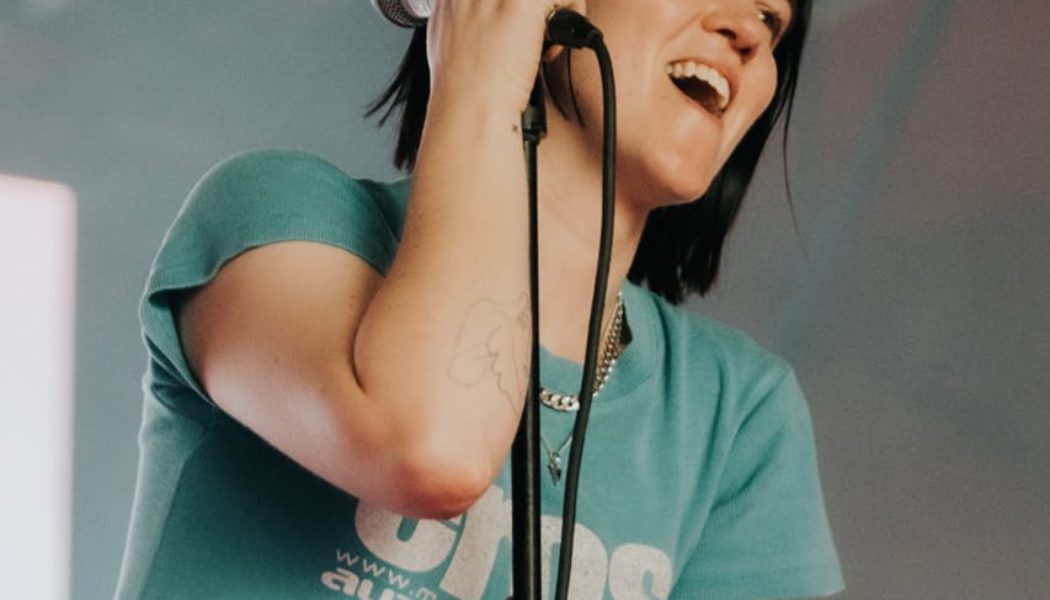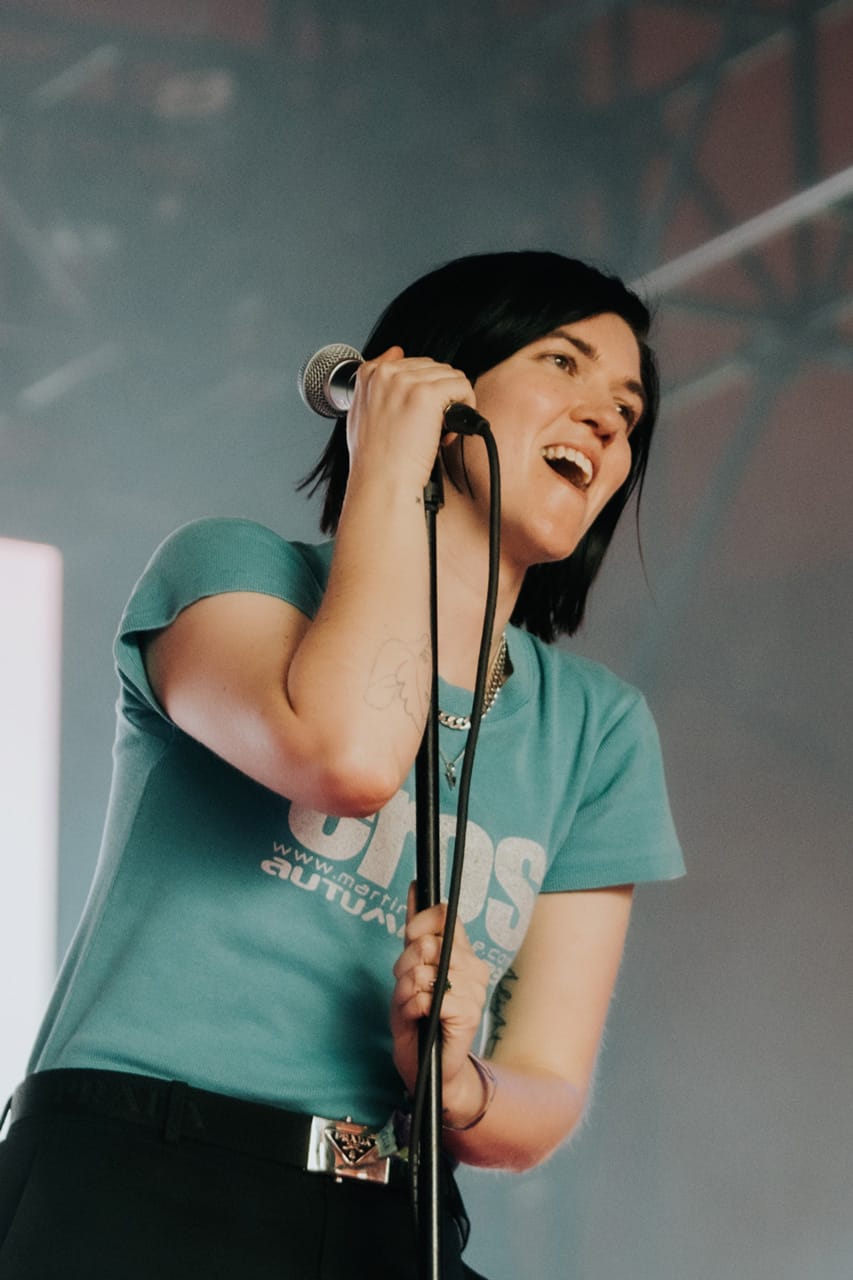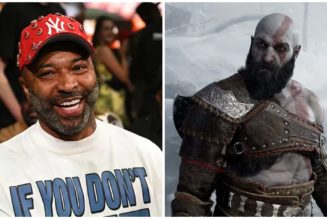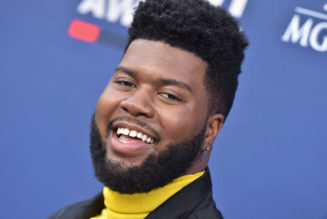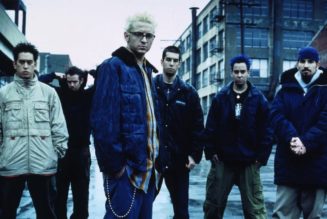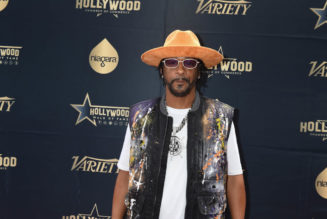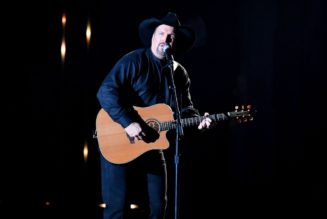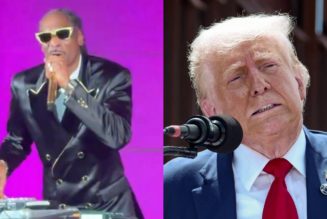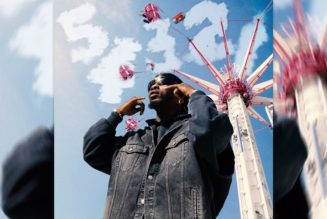Mid Air, the debut solo effort from producer, DJ and singer Romy isn’t just a “coming out” album. Rather, it can more accurately be described as a “coming through” album. At 34, Romy has spent the past two decades at the vanguard of electronic music as one-third of the English group The xx, which she formed with fellow classmates Jamie and Oliver when they were just in high school
Out for release on September 8, Mid Air sees Romy simultaneously trace her origins in the electronic music scene and her acceptance of her sexuality. At the center of the narrative are the many nights spent dancing with strangers, finding love in the crowd and even performing her own live shows. Holding a light up to the dark, sweaty rooms of queer clubs, Romy probes themes of grief, intimacy, love and salvation, paying homage to her own relationship with queerness, the larger community and the spaces so many have found salvation in.
Romy recently spoke to Hypebeast about going solo, collaborating with Fred again.. and Stuart Price and her lifelong love of dance music.
Since its formation in 2005, when you were in high school, The xx has put out three albums. It goes without saying you’ve had a pretty extensive career, both with the group and as a solo artist and producer. What made you realize it was time to put out your debut solo LP?
It wasn’t obvious to me that I would go solo. It’s taken me some time to build my confidence up to this point. I initially sought out opportunities to co-write with other artists and go behind the scenes and learn how mainstream pop was made as a way to be creative without the pressure of it being for The xx.
I learned a lot in that time and gained confidence from those experiences. Slowly, I started writing songs that I realized were so personal to me, that I couldn’t give them away. That was the spark that ignited this project.
I imagine this project has been in the works for at least a few years, if not longer. Can you walk me through the timeline of making Mid Air?
In 2018, The xx finished touring our album I See You and I had some free time. I met Fred again.. and we had this instant connection and friendship. This was before he had released his own solo music. We started writing a lot together for other artists. We were always thinking, ‘who could this song be for? Who could this one be for?’ After a few sessions we wrote “loveher” and I said “Maybe this is for me!”
Besides Fred again.. you also linked up with Stuart Price for “The Sea.” Can you talk about how this collaboration came about?
Stuart is a producer I’ve admired for a long time. Songs from Madonna’s album Confessions on a Dance Floor were on my reference playlists, so it was suggested to me that I reach out to Stuart. His love and appreciation of pop music, but also dance music, makes me very happy. We’ve spent a lot of time talking about how the two can co-exist together in a beautiful way. Stuart helped me evolve from where Fred and I had gotten to with the music. He gave us a fresh perspective and energy and helped us to finish the album.
You also frequently collaborate with your wife, the photographer and director Vic Lentaigne, on visuals to accompany your music. How do you two devise the concepts for your music videos? What do these conversations look like?
Vic has a magic way of capturing a delicate sensitivity in her photos that I love to see. I have never felt very comfortable in front of a camera and over time it’s been really great to work together and the trust we have between us makes me feel more at ease and can hopefully show a side of me that I haven’t shown before. Vic and I started collaborating in lockdown when she shot the photos for a song called “Lifetime.” It felt very natural to continue this collaboration for the album.
When it came to the music videos, both the videos she has directed are songs that are very personal to me in a unique way because they both deal with grief. Through conversations we’ve had in our relationship, she really understands me and the stories I’m trying to tell. It was her idea to invite my cousin Luis to be in the video for “Strong” because I had told her that the lyrics are about how I’d observed him dealing with grief – and how I realized I dealt with it in the same way – by putting on a brave face and always saying I’m fine. The fact that Vic could cultivate such a honest and bonding moment between Luis and I in the form of a music video is something I’ll always be grateful for.
Queerness and club culture are at the heart of the album, drawing from your own experiences as a queer woman and a DJ and producer. How do you approach translating these themes into your music, both in terms of songwriting and production?
The music I first heard when I went to queer clubs as a teenager is a huge inspiration for this album: big, bold emotional pop dance songs. In that queer space, pop was being appreciated and celebrated without any cynicism and irony.
This is something I really still connect to now. Lyrically, it was important to me to be open and honest about my relationship without any shame. When I was writing I was thinking about myself as a teenager and how much it meant to me when I felt lyrically represented in music, which didn’t happen that often. Hopefully the songs can provide more representation and visibility and another queer storyline for other queer people to connect to.
You’ve referred to Mid Air as “emotional music to dance to.” Can you expand on the meaning of this?
I am a big fan of dance music, but for me to connect with what’s being played on a dance floor, I just need a chord or a lyric that conjures up an emotion in me. I can I appreciate an instrumental techno track but it might not make me feel very much – my greatest joy is hearing a song in a club that hits the perfect balance between happy and sad. My heart being pulled in two directions at once is strangely euphoric for me.
